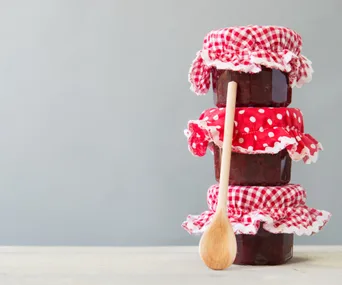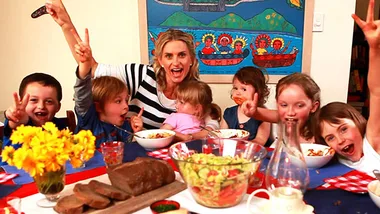
Yellow (102) is a synthetic dye using aromatic hydrocarbons from petroleum and is said to cause allergies in some. You can’t just avoid yellow food, as it is also mixed with Brilliant Blue (133) to produce shades of green, so always check the label. Foods containing (102) include mustard, corn chips, fairy floss, sweets, energy drinks, soft drinks, custard powders, popcorn, sports drinks, jellies, jams, cereals, ice-cream.

Labelled as (110), it is another synthetic dye from petroleum to colour food yellow, however it is more suitable for foods that need to be raised to a high temperature to produce. It is commonly found in corn chips, orange jelly, red jellies, orange/apricot jams. May cause reactions such as hyperactivity in children, skin rashes and swelling, diarrhoea and vomiting.

Again produced from petroleum, (133) was banned in Europe, as it was said to cause allergic reactions to people with pre-existing asthma. But since the formation of the EU, who certified it as ‘safe’, it is commonly found across Europe and Australia. (133) is found in ice-cream, ice blocks, sweets, drinks, bubble gum, blue choc buttons and even mouthwash.
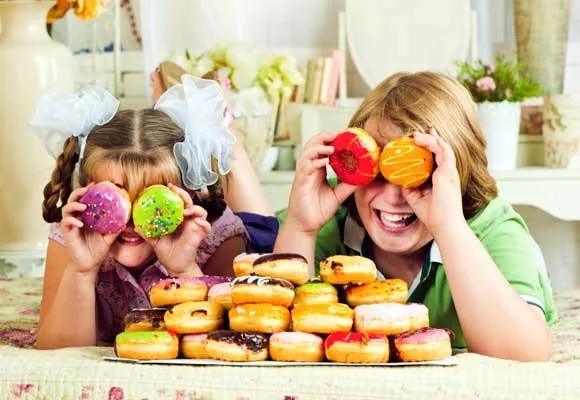
Some red food dyes have been known to cause severe allergic reactions including anaphylactic shock and intensifing of asthma in some. (120) is produced from the aluminum salt of carminic acid sorced from insects. (124) is again from petroleum. They can be found in foods such as cordials, biscuits, icing, juices, yogurt, mashmallows, ice-cream and Turkish delight.
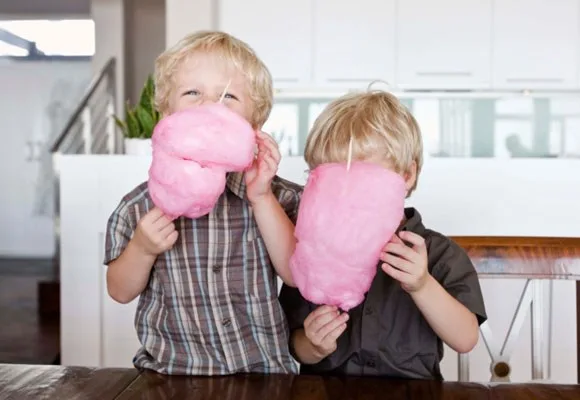
Red food colouring (129) is linked to hyperactivity, and (123) can cause liver problems and even cancer. Their use is prohibited in many parts of Europe, but not in Australia.
They can be found in foods like fairy floss, glazed cherries, cake mixes, jellies, chocolates (like Cherry Ripe) and chewing gum.

Sulphites are used to preserve foods and give them a longer shelf-life. They work by releasing sulphur dioxide into the food to stop them turning brown. An example of using sulphur dioxide (like 220) as a preservative is seen in these dried apricots (on left) with their light colour. Pictured right are apricots that have not used (220) – and they taste the same!
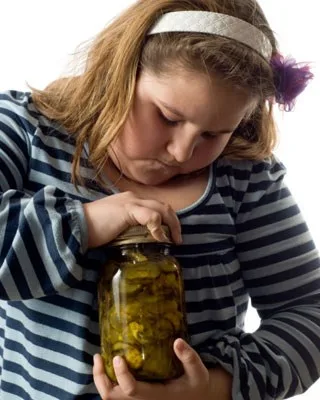
Food additive sodium benzoate is commonly used in soft drinks and when combined with certain artificial colours has been known to have reactions like hyperactivity. (211) is used in pickled foods as a preservative as benzoic acid does not dissolve well in water. So imagine what does it does in your body!

Nitrates are added to meat products that have a long shelf-life, such as sausages, as it helps to keep the colour and stop bacterial growth. Preserved and sliced meats should not become everyday foods for children. Nitrate or nitrite salts may be associated with skin rashes, swelling and anaphylaxis.

Not a synthetic food additive, salt is the most overused mineral in Australia. Sodium occurs naturally in foods like vegetables so it is easy to reach the recommended daily intake, but when salt is added to most packaged foods as a preservative, you can easily over do it. Health authorities recommend restricting sodium intake in children under seven years as it can raise blood pressure.
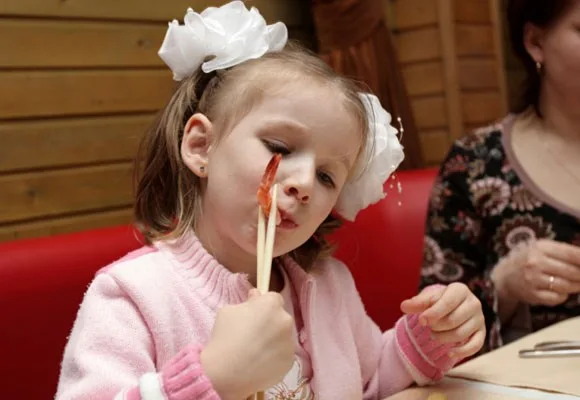
Usually associated with Asian food, MSG (621) got a bad rep in the ’70s as ‘Chinese Restaurant Syndrome’ and was said to cause migraine headaches, sweating and chest pains. Today, many Asian restaurants now promote their food as ‘MSG FREE’. However, it still appears in many snack foods such as potato and corn chips under the code (621).
MSG is a naturally occurring substance, but like salt it should be restricted for children.

Caffeine is a stimulant that acts on the brain and nervous system. We commonly associate it with tea and coffee, which we know children should not be drinking. But there are alarming levels of caffeine in cola drinks, energy drinks and some chocolate bars. Take note that Guarana works in a similar way to caffeine, which makes it unsuitable for children under 16.
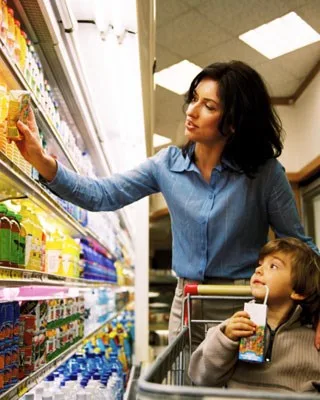
Make a note of the additive number to watch out for and look on the nutritional panel of packaged food and drink. But if you’re in a hurry, take advantage of stores like German based Aldi supermarkets who have made it their policy not to sell products with artificial colours or flavours.

